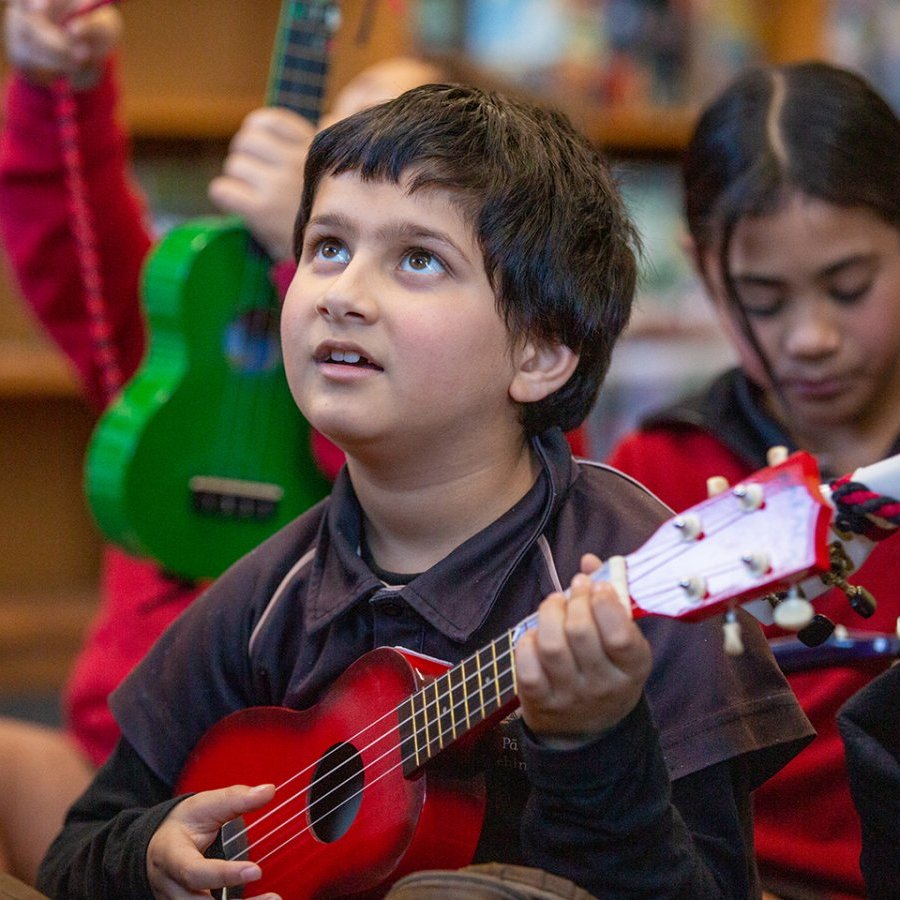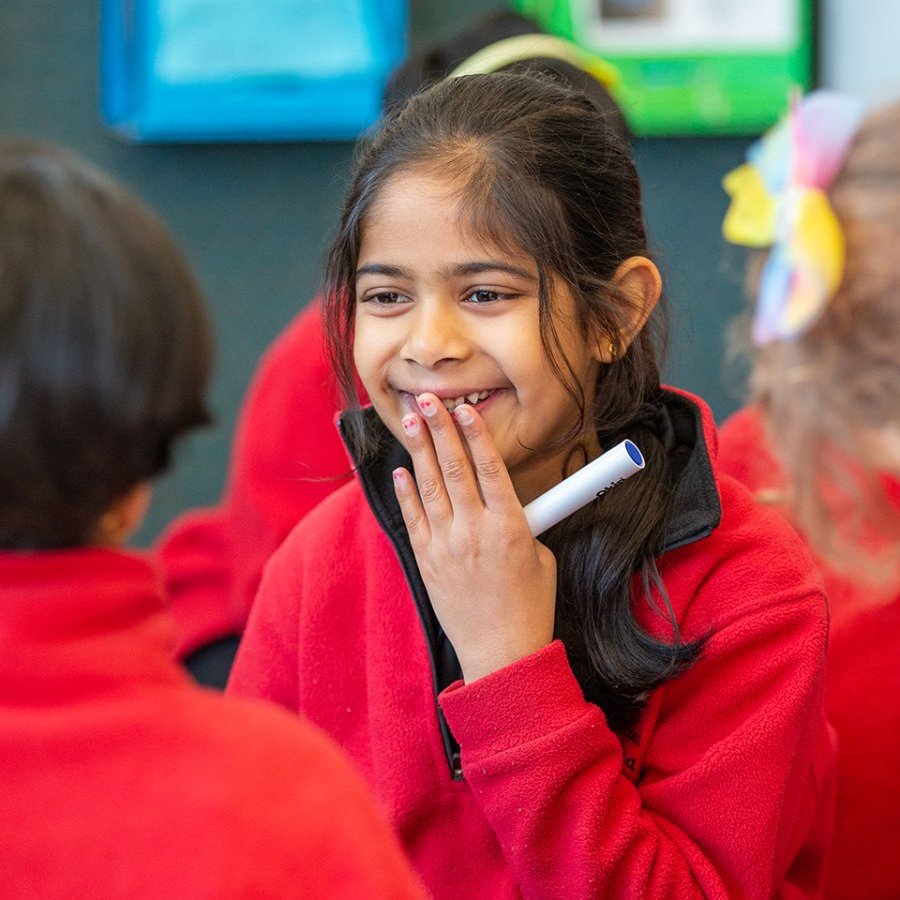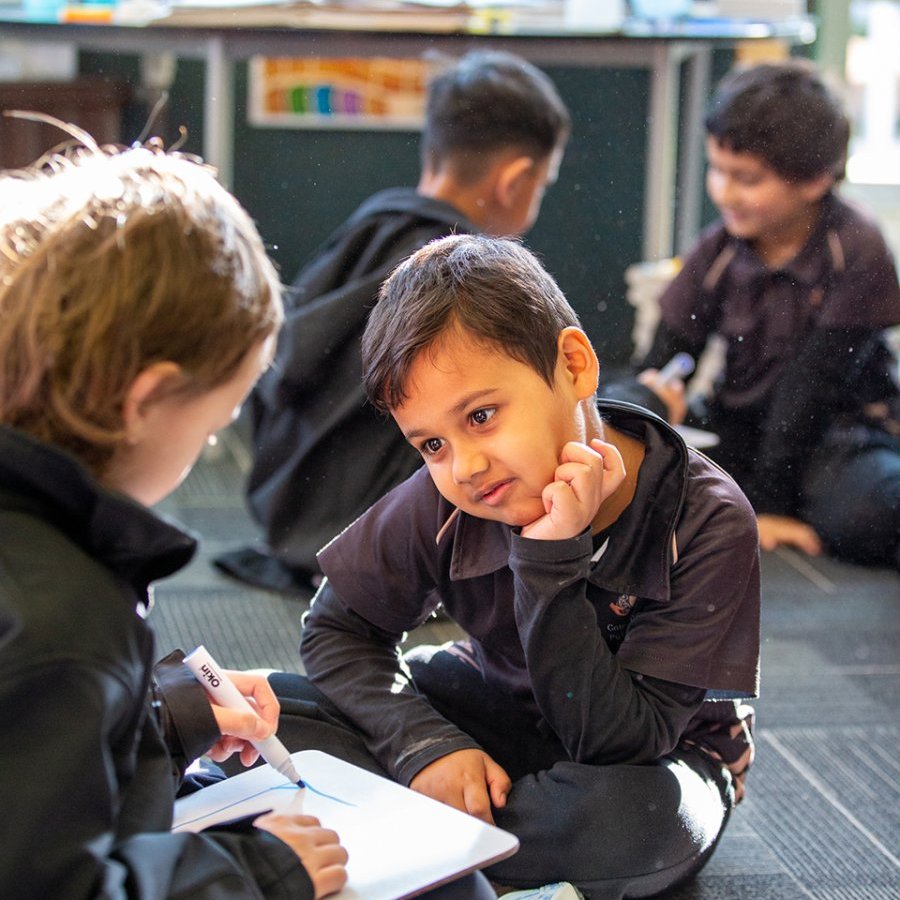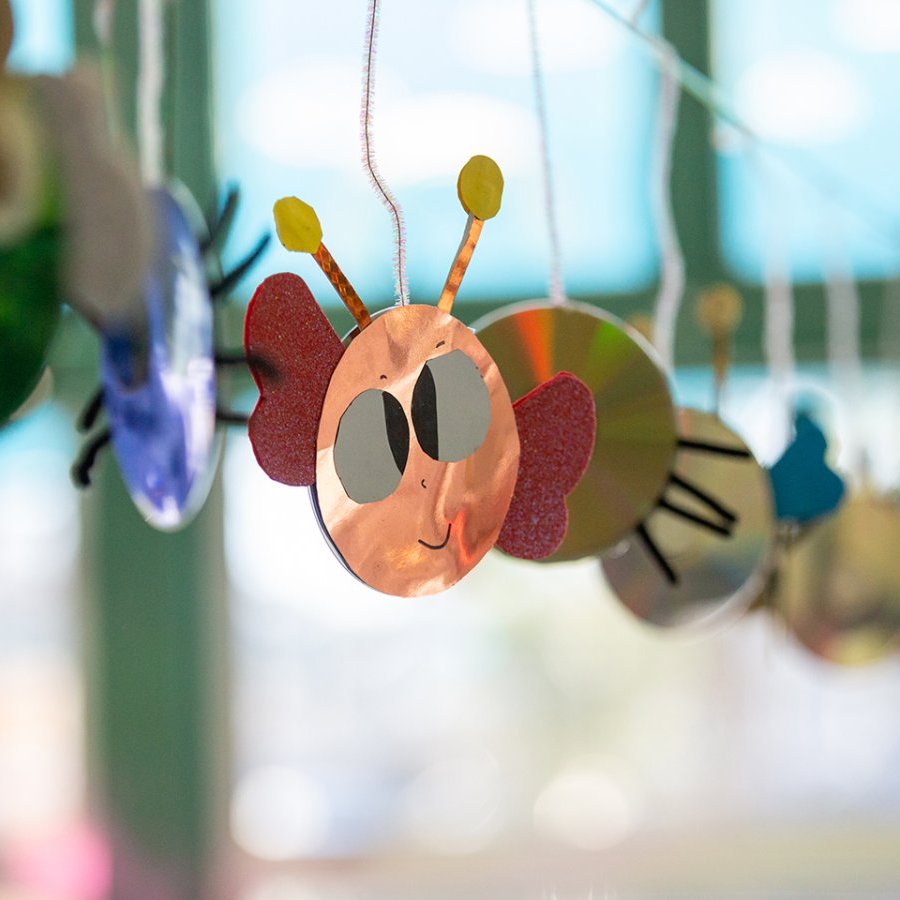Mathematics: Pāngarau
What is it?
At Gate Pā School, Mathematics helps students make sense of the world by exploring patterns, relationships, and quantities. It supports them to solve problems, reason logically, and think creatively.
We teach Maths using Te Mātaiaho, the New Zealand Curriculum, which is knowledge-rich and requires teaching that is explicit and systematic. This approach ensures students build their knowledge, skills, and competencies over time.
How it operates at Gate Pā School
At Gate Pā School, Mathematics is taught for 1 hour a day 5 times per week.
We use the Maths No Problem programme. Maths - No Problem! is a structured, step-by-step approach to teaching mathematics, particularly focusing on developing a deep understanding of concepts. It emphasizes building strong foundational skills, fostering confidence, and encouraging students to think mathematically.
Gate Pā School has a dedicated Leader of Learning -Mathematics who oversees the teaching and learning of mathematics across the school. This leader stays up-to-date with the latest developments in the field. Key responsibilities include monitoring student progress, ensuring quality teaching across the school, and implementing extension and remedial groups to meet the diverse needs of students.
Key links from research
VIEW +
Quality Teaching for Diverse Students in Schooling: Best Evidence Synthesis (Alton-Lee, 2003)
- Quality Teaching for Diverse Students in Schooling: Best Evidence Synthesis (Alton-Lee, 2003)
- Teachers Make a Difference, What is the research evidence? (Hattie, 2002)
Structured Literacy
What is it?
Structured literacy is an evidence-based approach to teaching reading and writing, and that is especially effective for all learners, including those with dyslexia and other reading difficulties.
Components include:
- Phonemic Awareness: Helping children hear and play with the sounds in words.
- Phonics: Teaching the connection between letters and the sounds they make.
- Fluency: Supporting children to read smoothly, with expression, and at a good pace, so they can focus on understanding what they read.
- Vocabulary: Building a wide and rich word bank. Comprehension: Helping children understand and think deeply about what they read.
- Spelling and Writing: Teaching spelling patterns, rules, and handwriting.
Structured Literacy fits within the English learning area of Te Mātaiaho, the New Zealand Curriculum.
How it operates at Gate Pā School
At Gate Pā School, Reading and Writing are each explicitly taught for one hour a day.
The Structured Literacy provider that Gate Pā School uses is the Better Start Literacy Approach. This is a New Zealand, evidence-based programme, designed to build strong foundations in early literacy.
Lessons are based on a clear order of teaching (scope and sequence) that builds in complexity, whilst revisiting the core foundations. This is an approach grounded in the Science of Learning in Reading.
Gate Pā School has a dedicated Leader of Learning - Literacy who oversees the teaching and learning of literacy across the school. This leader stays up-to-date with the latest developments in the field. Key responsibilities include monitoring student progress, ensuring quality teaching across the school, and implementing extension and remedial groups to meet the diverse needs of students.
Key links from research
Research shows our teaching is informed by a range of research and best practice principles.
VIEW +
- Gillon, G. T. (2018). Phonological awareness: From research to practice. Guilford Publications.
- Tunmer & Chapman, 2012 - The Simple View of Reading Redux: Vocabulary Knowledge and the Independent Components Hypothesis
- Swain, N. (2025). Harnessing the Science of Learning. Routledge.
- The Simple View Of reading Gough & Tunmer (1986)
Local Curriculum
What is it?
Alongside core subjects like Reading, Writing, and Maths, Gate Pā students engage in a rich curriculum that includes The Arts, Technology, Science, Health and Physical Education, and Social Sciences. These areas are explored through both specialist teachers and a three-year concept plan guided by our lead curriculum staff.
Specialist Teachers
Expert teachers deliver specialised instruction in areas valued by our community. These areas complement the opportunities in our concept-based curriculum and may include Health and Physical Education, The Arts, Science, and Technology. These rich, purposeful learning experiences ensure our tamariki thrive and enjoy a balanced curriculum.
Concepts
Choices about what to emphasise and prioritise within these learning areas are guided by our whenua, our people, and the rich history of our local area - including the Battle of Gate Pā and the stories of mana whenua Ngāti Ranginui and Ngā i Tamarāwaho. Te Tai Whanake, our iwi-led and iwi-designed curriculum, is a key resource supporting this localised learning.
Local knowledge allows learners to see themselves in the curriculum, fostering deeper engagement, belonging, and pride in their community.
Each term focuses on a specific curriculum area and one of our four school values. The localised curriculum is underpinned by our school vision: Empowering Rangatira to Value the Past to Create the Future.
An example of a localised concept plan:
VIEW +
“To Market, to Market” is a Technology curriculum context, paired with the values of Tūmanakotanga
(inquisitiveness) and Rangatiratanga (leadership). Students create culturally-based products to barter or sell at a Market Day.
At the end of each term we host a Learning Exhibition, where whānau can join in person or online to celebrate the learning alongside their tamariki. The example above culminates in a community market.
Garden to Table
Gate Pā School runs a highly successful Garden to Table programme, utilising produce from our very own school garden, orchard and beehive. Through this real-world learning opportunity, our students get their hands dirty while learning how to grow, harvest, prepare and share fresh food.
All our students participate regularly in this programme and there are plenty of opportunities for parent/whānau involvement. Garden to Table also has wider community benefits as the students bring home what they have learned about growing, harvesting, preparing and cooking good food.
Community Gardens are also avaliable on our school site for families to adopt.









